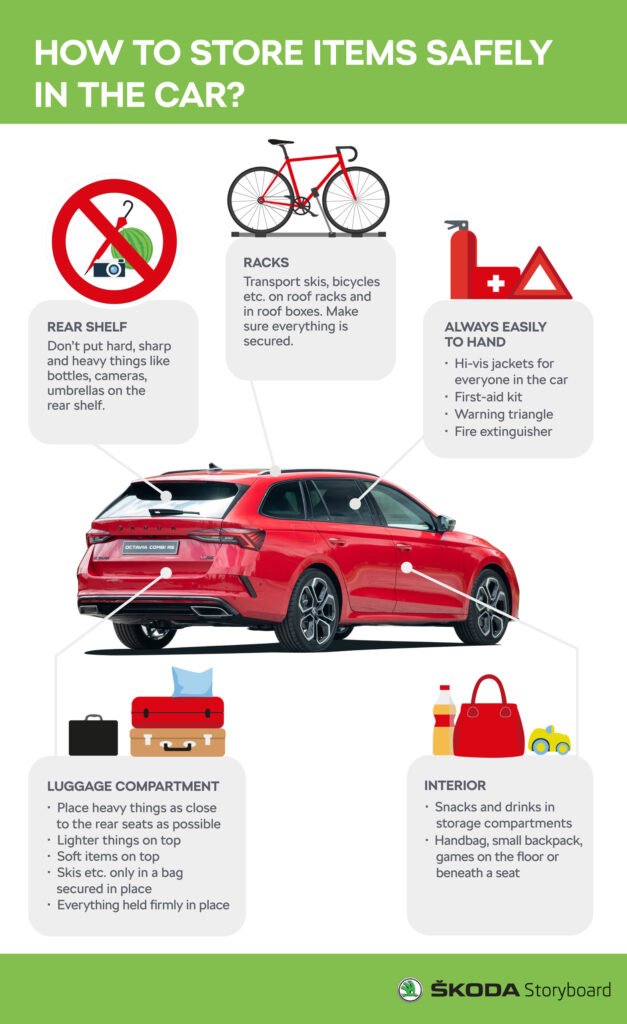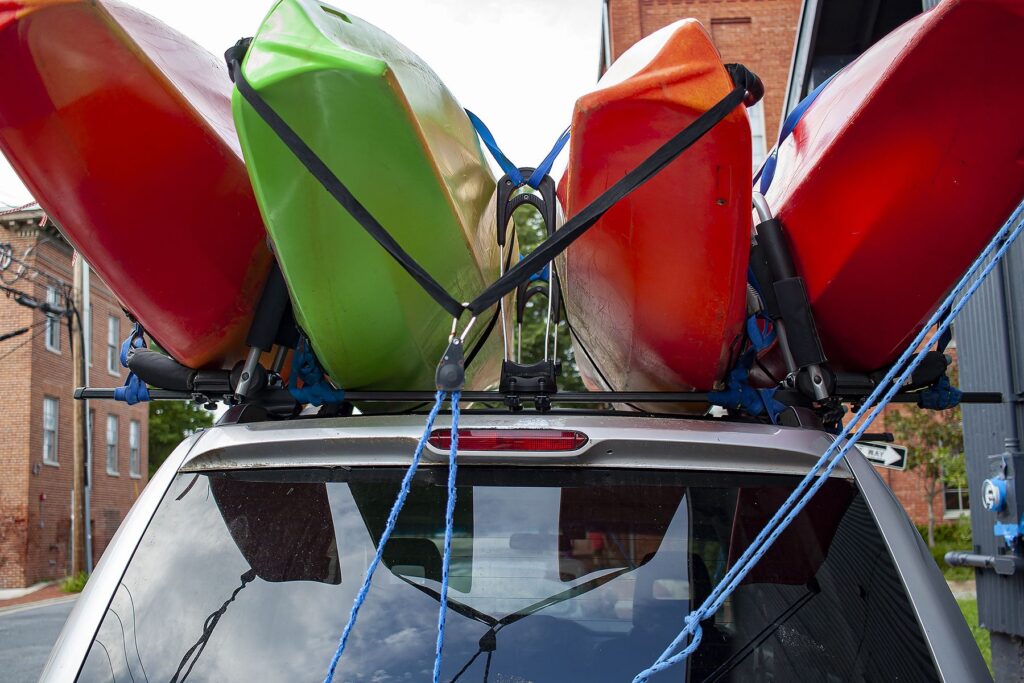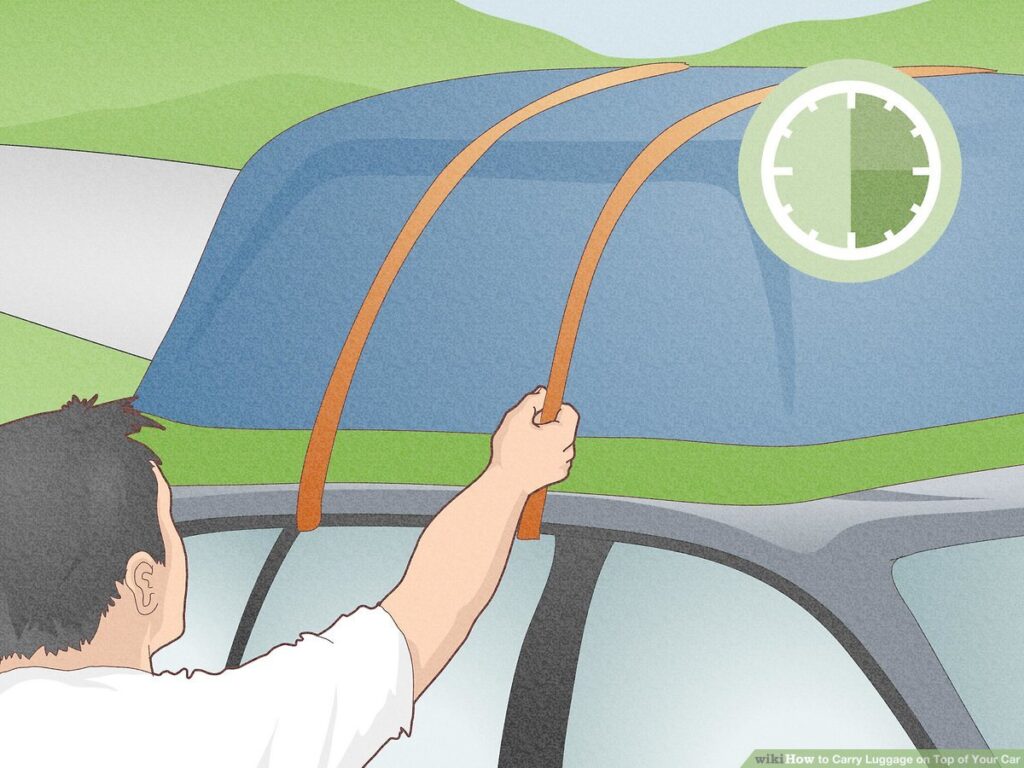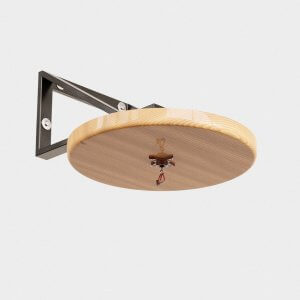Imagine you’re about to embark on a road trip, and you’ve decided to take the scenic route. As you pack up your car, you wonder: what speed should you maintain to ensure that the bag on your roof stays securely in place? In this article, we’ll explore the physics behind this curious question and uncover the safe speed that will keep your belongings right where they belong – on your roof! So fasten your seatbelt, grab a snack, and let’s dive into the fascinating world of determining the safe speed for a car to keep a bag on the roof.
Determining the Safe Speed for a Car to Keep a Bag on the Roof

This image is property of cdn.skoda-storyboard.com.
Factors Affecting the Bag’s Stability on the Roof
When it comes to determining the safe speed for a car to keep a bag on the roof, there are several factors that come into play. One of the primary factors is the bag’s stability itself. The bag needs to be securely fastened on the roof to minimize any wobbling or movement. Additionally, the weight and shape of the bag can greatly influence its stability. A heavier bag may require a lower speed to maintain its position on the roof, while a well-balanced and securely fastened bag may allow for higher speeds.
Importance of Securing the Bag Properly
Securing the bag properly on the car’s roof is of utmost importance for a safe journey. A loose or poorly secured bag can pose a significant risk to other motorists on the road. It can become a hazard by sliding off the roof, potentially causing accidents or obstacles for other drivers. Moreover, unsecured bags can also distract the driver by creating noise or obstructing the rearview mirror. Ensuring that the bag is tightly secured using appropriate straps or roof racks is essential to maintain the safety of both yourself and others on the road.
Effect of Wind Resistance on the Bag
Wind resistance plays a crucial role in determining the safe speed for a car to keep a bag on the roof. As the speed of the vehicle increases, so does the force of the wind against the bag. This resistance can cause the bag to shift, slide, or even lift off the roof. The aerodynamics of the bag itself contribute to the extent of wind resistance it encounters. Bags with a streamlined shape are less affected by wind resistance, allowing for higher speeds, compared to those with irregular or bulky shapes.
Determining the Weight and Shape of the Bag
The weight and shape of the bag are fundamental factors in determining the optimum speed to safely keep it on the roof. Generally, heavier bags exert a stronger downward force, making them less susceptible to being dislodged by the wind. On the other hand, bags with irregular or protruding shapes have a higher chance of experiencing wind turbulence, leading to instability. Balancing the weight distribution and choosing a bag with a streamlined shape can help increase the safe speed at which the bag can be kept on the roof.

This image is property of smartcdn.gprod.postmedia.digital.
Assessing the Type of Bag Material
The bag’s material also plays a role in its stability on the car’s roof. Lightweight materials such as nylon or polyester tend to be more prone to wind resistance compared to heavier and more rigid materials like hard plastic or metal. The flexibility and durability of the bag’s material also contribute to its overall stability. Bags made from sturdy materials that can withstand wind pressure are more likely to maintain their position on the roof at higher speeds.
Considering the Surface of the Car’s Roof
The surface of the car’s roof can influence the bag’s stability as well. A roof with a smooth surface offers less resistance to the bag’s movement compared to a roof with a rough or uneven texture. Therefore, it is important to take into account the surface of the car’s roof when determining the safe speed to keep a bag in place. Additionally, considering any additional features on the roof, such as roof rails or racks, can provide extra support and improve the bag’s stability.

This image is property of www.wikihow.com.
Analyzing the Bag’s Contact Area with the Roof
The contact area between the bag and the car’s roof is another critical factor to consider. A larger contact area creates a stronger bond and enhances the bag’s stability. Therefore, using appropriate roof racks, straps, or tie-downs that maximize the bag’s contact with the roof is crucial. This helps distribute the bag’s weight evenly and minimizes any potential movement or slippage. The more surface area the bag has in contact with the roof, the higher the safe speed that can be maintained.
Evaluating the Car’s Speed and Acceleration
The speed and acceleration of the car itself must also be taken into account when determining the safe speed for a bag on the roof. Sudden accelerations or decelerations can exert additional forces on the bag, potentially compromising its stability. It is important to drive at a consistent speed and maintain a smooth driving style to minimize any jolts or shifts that could dislodge the bag. Gradual changes in speed and cautious driving ensure that the bag remains secure throughout the journey.

This image is property of www.wikihow.com.
Testing the Bag’s Stability at Different Speeds
To determine the safe speed at which the bag can be kept on the roof, it is recommended to conduct stability tests at various speeds. This involves gradually increasing the speed in a controlled environment while monitoring the bag’s behavior. The tests should consider different factors such as wind conditions, weight distribution, and bag shape. By observing how the bag reacts to changing speeds, one can identify the maximum speed at which the bag remains stable. It is crucial to perform these tests in a safe and controlled manner, following all traffic regulations and guidelines.
Calculating the Maximum Safe Speed
Taking into account all the aforementioned factors, it is possible to calculate the maximum safe speed for a car to keep a bag on the roof. By considering the bag’s stability, weight and shape, material, the car’s roof surface, contact area, and the car’s speed and acceleration capabilities, one can determine an appropriate speed limit. However, it is important to exercise caution and prioritize safety over speed. While it may be tempting to push the boundaries, it is always better to err on the side of caution and drive at a speed that ensures the bag remains securely in place throughout the journey.
In conclusion, determining the safe speed for a car to keep a bag on the roof requires careful consideration of various factors. The bag’s stability and security, wind resistance, weight and shape, material, car roof surface, contact area, car speed and acceleration, and performing stability tests are all crucial in calculating the maximum safe speed. By prioritizing safety, securing the bag properly, and being mindful of the aforementioned factors, you can enjoy a smooth and worry-free journey with a bag securely fastened to your car’s roof.

This image is property of www.wikihow.com.

